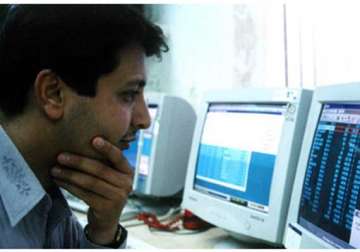New Delhi: The ease of communicating with lots of people via social networks does not result in more and more users sharing their thoughts and political views, scientists, including one of Indian-origin, have found.
Researchers at University of California Berkeley's Haas School of Business said the flood of tweets and posts washing across cyberspace has created a huge imbalance in the number of people creating content and the number of people who receive it.
The new study was conducted by Associate Professor Zsolt Katona and Ganesh Iyer, Edgar F Kaiser Chair in Business Administration at Berkeley-Haas.
The study found that the cheaper and easier it becomes to reach large numbers of people via social media, the fewer ‘content creators' choose to participate and the more cluttered the networks become.
If it were as difficult to post messages to large numbers of people as it was just a few years ago – before the rise of mobile messaging apps – more users would create content, researchers found.
Although more and more people are participating in social networking, a smaller percentage of users are actively creating and sharing content.
Industry reports estimate that just 10 per cent of Twitter users broadcast 90 per cent of the network's tweets, while only a tiny fraction of the 55 million users who blog post daily, said Katona.
The new research suggests that social networking is a bit like a market: People who create and send content are investing effort to win customers – in this case the ‘receivers' who will view their content.
But unlike businesses that use social networking as a marketing tool, individual senders are not looking for a definable economic reward.
They want status, or the satisfaction of being heard. Instead of actual sales, senders measure their payoff by the number of receivers who listen to them, while the effort required to reach them is the cost of sales, researchers said.
Social distance between senders and receivers largely determines the effort required to reach them. If a social network is small, and each sender targets just a few receivers, there's not much competition for attention; receivers are not getting many messages.
On the other hand, senders aren't getting a large payoff so they only make a minimal effort to be heard.
That changes when senders attempt to increase their payoff by targeting people who are more socially distant.
Receivers, who once were the recipient of messages from only a few senders, are now targeted by many senders, leading to increased competition for attention. And the more distant the receiver, the harder it is for the sender to craft relevant messages, the researchers said.
As competition grows, some senders decide the payoff is not worth the trouble and drop out, and others decide not to enter the market, which explains why the proportion of senders to receivers is so low, researchers said.
Latest Business News
